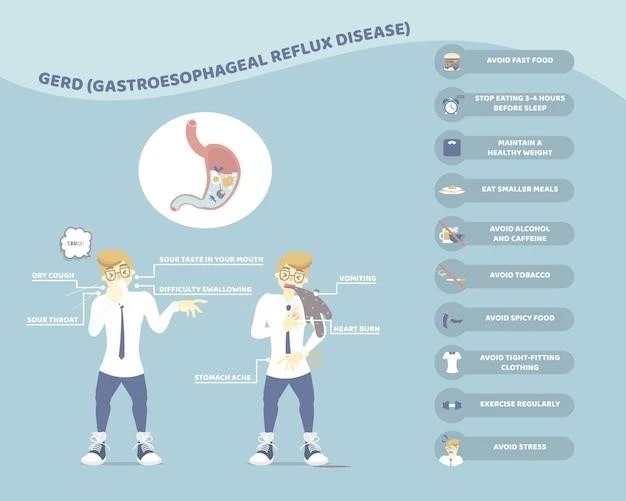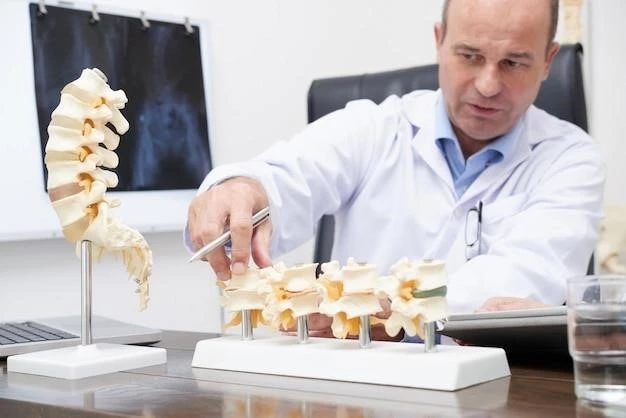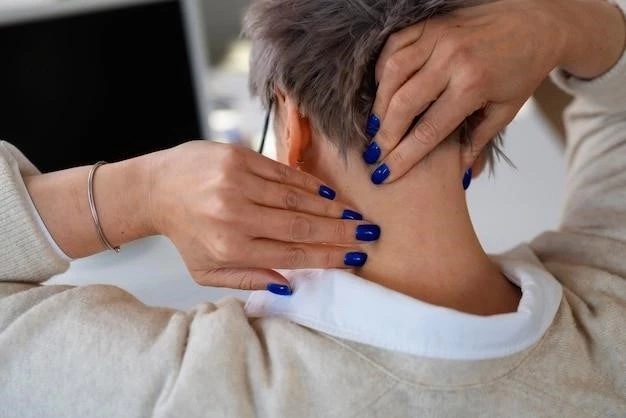Pyknoachondrogenesis is a lethal skeletal osteochondrodysplasia characterized by severe generalized osteosclerosis. The disease is very rare and only five cases have been reported so far. Read on for more information about Pyknoachondrogenesis!
Description and Characteristics
Pyknoachondrogenesis is a lethal osteochondrodysplasia that is very rare, characterized by severe generalized osteosclerosis. This condition presents with extreme skeletal abnormalities, such as short limbs, flat nose, low-set ears, and a prominent abdomen. The disease has only been documented in a few cases, with a high mortality rate either before birth or shortly after. Early detection may occur due to extreme limb shortening and hydrops fetalis, allowing for prompt medical attention and support.

Clinical Features of Pyknoachondrogenesis
Patients with Pyknoachondrogenesis exhibit severe skeletal abnormalities, shortened limbs, flat nose, low-set ears, and a distinctive abdominal appearance. The condition is rare with a high mortality rate, hence early recognition is vital.
Pyknoachondrogenesis shares similarities with Achondrogenesis Type 1B, presenting with extremely short limbs, flattened facial features, low-set ears, and a protruding abdomen. Both conditions have high mortality rates, often leading to prenatal or early postnatal demise. Early recognition and diagnosis are crucial for appropriate medical management and support.
Similarities to Achondrogenesis Type 1B
Pyknoachondrogenesis shares key features with Achondrogenesis Type 1B, such as short limbs, flat face, low-set ears, and a protruding abdomen. Both have high mortality rates and demand early detection.
Prenatal and Postnatal Recognition
Recognizing Pyknoachondrogenesis prenatally or at birth is crucial due to its rarity and severity. This can be achieved through the observation of extreme limb shortening, hydrops fetalis, and unique facial characteristics like a flat nose, low-set ears, and a prominent abdomen. Early detection allows for appropriate medical interventions and support.
Genetic Basis of Pyknoachondrogenesis
Pyknoachondrogenesis is a rare, lethal osteochondrodysplasia characterized by severe generalized osteosclerosis caused by genetic mutations. These mutations can be inherited or occur spontaneously, leading to the distinctive skeletal abnormalities observed in affected individuals. Learn more about the genetic basis of Pyknoachondrogenesis for better understanding and management.
Role of Genetic Mutations
Pyknoachondrogenesis is primarily caused by genetic mutations, either inherited or occurring spontaneously. These mutations lead to the distinctive skeletal abnormalities observed in affected individuals. Understanding the role of genetic mutations in Pyknoachondrogenesis is crucial for diagnosis, genetic counseling, and potential treatment strategies.
Support Groups for Pyknoachondrogenesis
Engage with community groups and advocacy organizations to find support, information, and understanding regarding Pyknoachondrogenesis. These groups offer valuable resources and assistance for individuals and families facing this rare condition.
Community and Advocacy Resources
For those affected by Pyknoachondrogenesis, engaging with community groups and advocacy resources can provide invaluable support, shared experiences, and access to important information. These resources offer a supportive environment where individuals and families can connect, share insights, and find comfort in knowing they are not alone in facing this rare condition. Additionally, advocacy organizations can serve as a valuable source of guidance on managing the challenges associated with Pyknoachondrogenesis and navigating the healthcare system effectively. By joining these groups, individuals can access a network of understanding and compassionate individuals who can offer emotional support, practical advice, and empowerment in dealing with the complexities of Pyknoachondrogenesis.
Research and Specialists in Pyknoachondrogenesis
Consult with experts and stay informed about ongoing studies related to Pyknoachondrogenesis. Connecting with specialists can provide valuable insights and information for managing this rare condition effectively.
Experts and Ongoing Studies
Connecting with specialists who have conducted research or are involved in ongoing studies related to Pyknoachondrogenesis can provide valuable insights into the condition. These experts may have relevant experience and knowledge that can aid in better understanding and managing this rare disease. Staying informed about the latest research findings and advancements in the field can be beneficial for individuals and families dealing with Pyknoachondrogenesis.
Classification and Synonyms of Pyknoachondrogenesis
Pyknoachondrogenesis is classified as a lethal osteochondrodysplasia characterized by severe generalized osteosclerosis. It is also known as Camera syndrome. Understanding the classification and synonyms of Pyknoachondrogenesis can aid in better recognition and management of this rare condition.
Orphanet and MonDO Disease Synonyms
Pyknoachondrogenesis is also known as Camera Syndrome, a rare lethal skeletal osteochondrodysplasia marked by severe generalized osteosclerosis. Understanding the disease synonyms aids in identifying and discussing the condition within the medical community.

Coping with Pyknoachondrogenesis Diagnosis
Coping with a Pyknoachondrogenesis diagnosis involves navigating unfamiliar challenges, coordinating care effectively, and addressing financial concerns. Seek support and guidance to manage these aspects.
Challenges, Care Coordination, and Financial Concerns
Dealing with a Pyknoachondrogenesis diagnosis brings about various challenges, including the need for effective care coordination and managing financial concerns. It is essential to navigate these hurdles with support and guidance to ensure comprehensive care and assistance in handling the financial aspects associated with the condition. Seek assistance from healthcare providers and support groups to ease the burden and enhance the overall management of Pyknoachondrogenesis.
